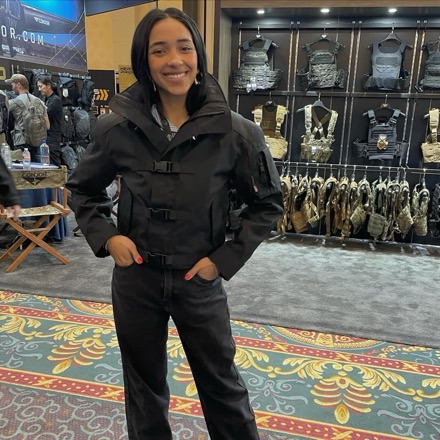
Coming this year, Kitanica’s Mark I jacket in a female cut.

Battle Steel, a leading name in tactical equipment, is proud to announce a partnership with Winkler Knives, renowned for their exceptional handcrafted blades. This collaboration unveils two renowned knife models: The Operator and The Crusher Belt Knife, both designed by Winkler Knives.
The Operator is a tactical knife, meticulously crafted for resilience and precision. Ideal for survival scenarios, it boasts a high-grade steel blade and an ergonomic handle, ensuring functionality and comfort.
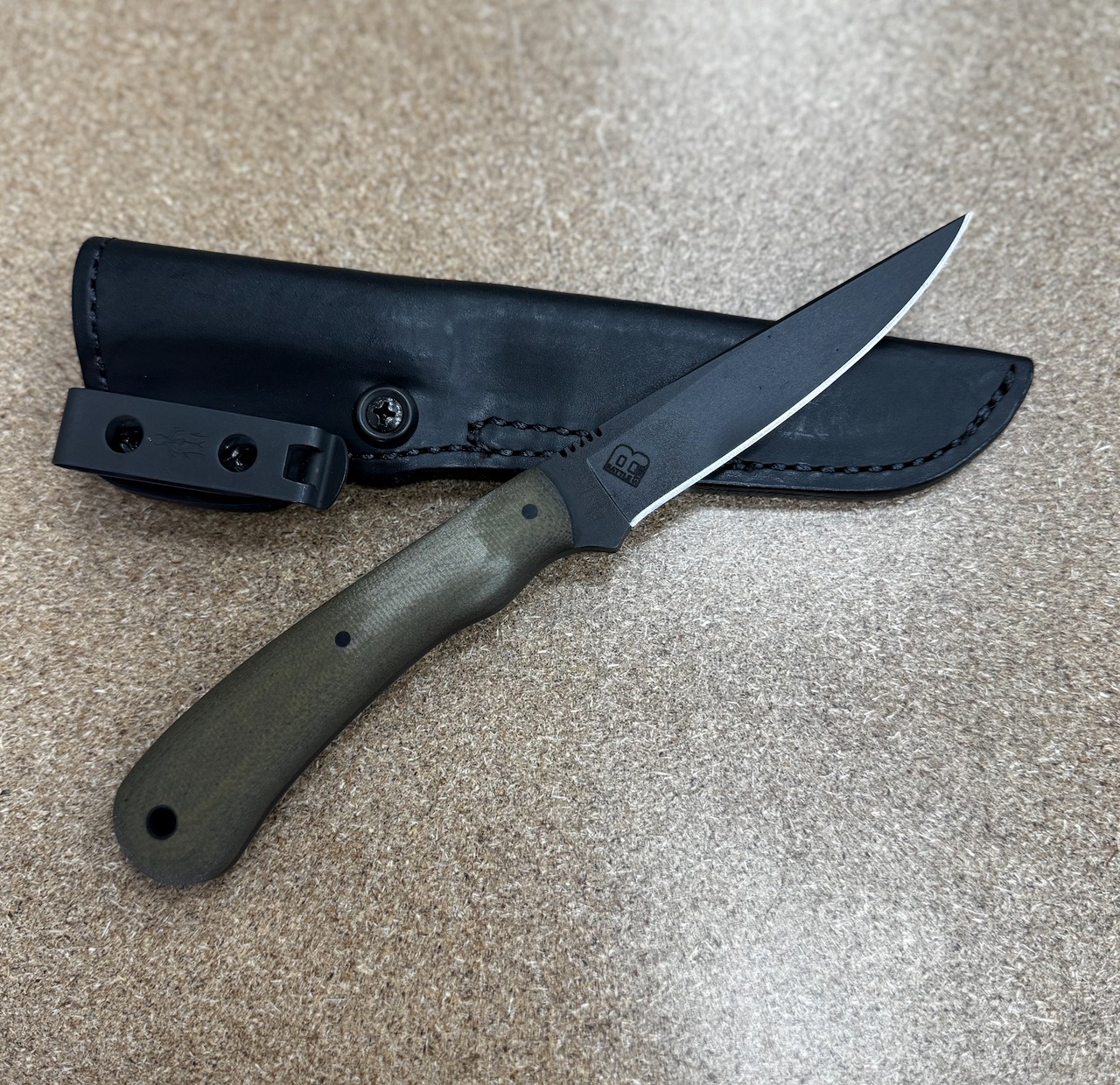
The Crusher Belt Knife, versatile and robust, is perfect for outdoor enthusiasts and tactical professionals. This knife embodies Winkler Knives’ dedication to craftsmanship, suited for a range of tasks from delicate cutting to demanding outdoor activities.
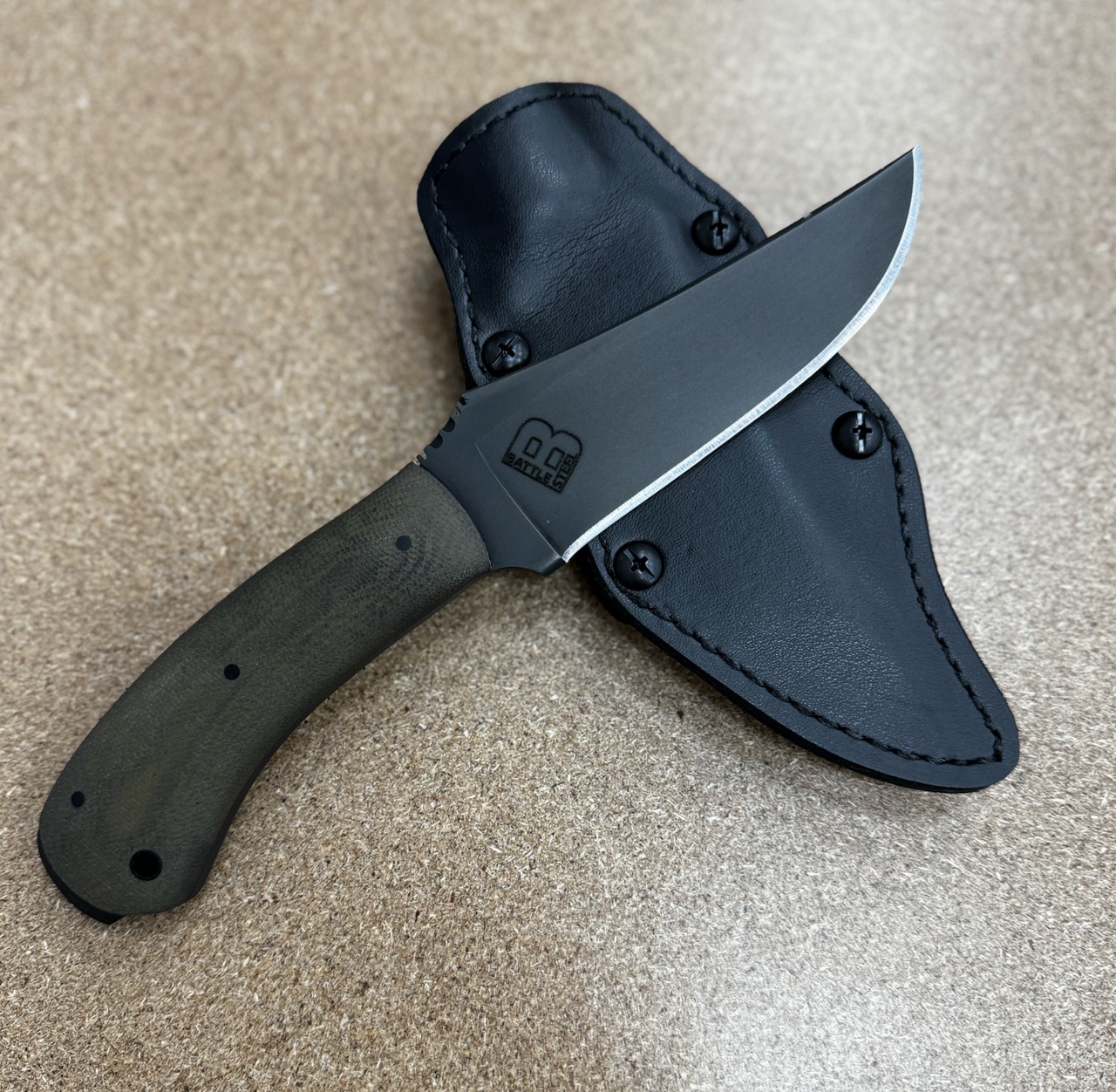
“Winkler Knives’ expertise in knife making is unmatched, and we are thrilled to bring these exclusive models to our customers,” said Mr. Botach, VP at Battle Steel.
Available for purchase on the Botach website and retailer store. The Operator and Crusher Belt Knife are more than just tools; they are a symbol of the fusion of quality and functionality.
For more information, please visit botach.com/winkler-knives.
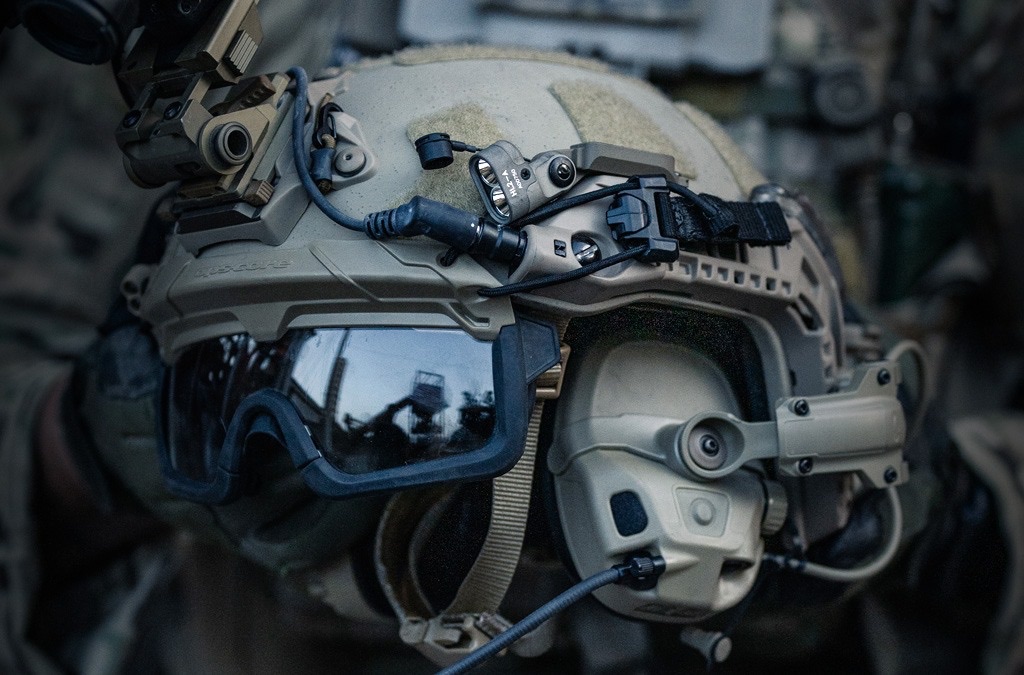
CARBONDALE, PA, January 30, 2024 – Gentex Corporation, a global leader in personal protection and situational awareness solutions for defense forces, emergency responders, and industrial personnel, announced today that it is launching a development partner program for accessory providers for its patented RAILINK system.
Participants meeting the requirements to enroll in the program will gain access to a royalty-free license to the Interface Control Documents needed to integrate electronic accessories into the RAILINK system.
“RAILINK is capable of powering and integrating a broad range of sensors and information gathering devices” said Rafe Bennett, Vice President of Product Management at Gentex Corporation, “By implementing the development partner program we are able to offer access to RAILINK’s extensive patent portfolio and our ICD on a royalty-free basis to selected companies, enabling them to develop their own interoperable accessories for the RAILINK system. Our intent is to harness ideas from industry and utilizing RAILINK’s capability, rapidly expand the ecosystem of available accessories. This will result in enhancements in the system’s overall capabilities for the end user.”
To learn more about becoming a RAILINK Development Partner and sign up for future RAILINK announcements click www.gentexcorp.com/introducing-railink
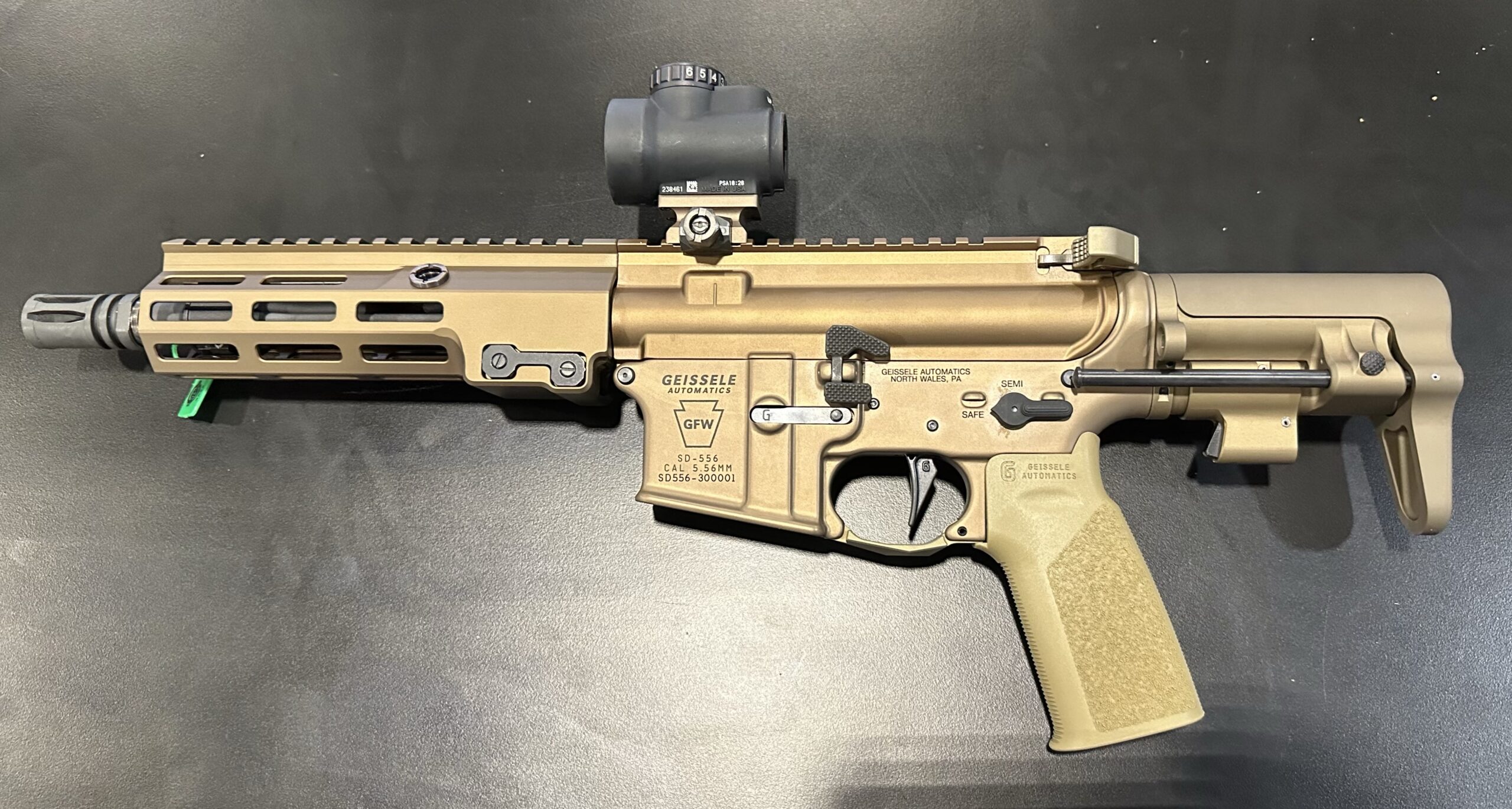
One of the many cool firearms behind the closed doors in the Geissele Automatics booth at SHOT was the Geissele Fighting Weapon or GFW.
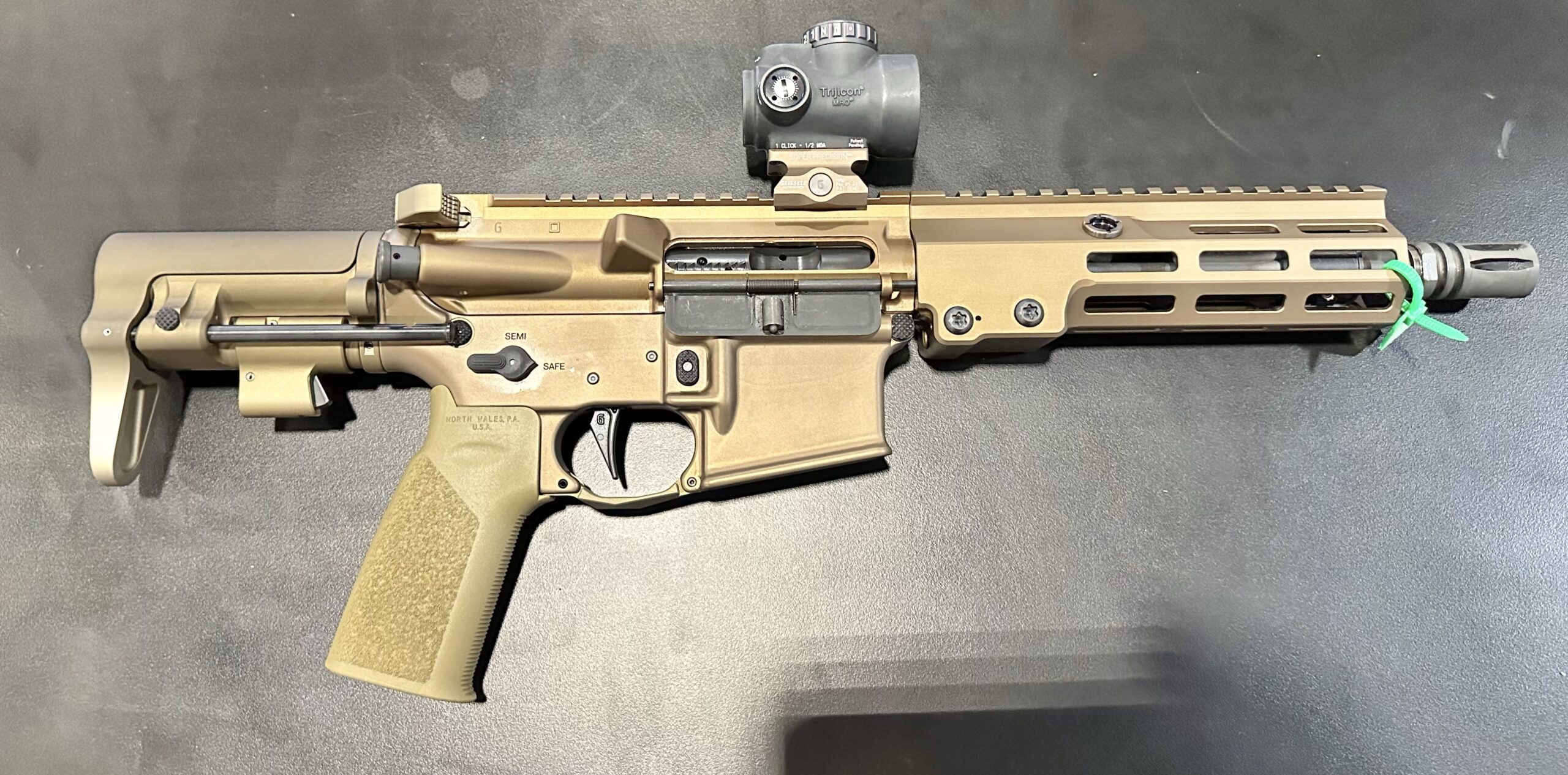
Although this example is chambered for 5.56 NATO, a 300 BLK version is also available. It fires at 800-850 RPM suppressed and 700 rpm unsuppressed.
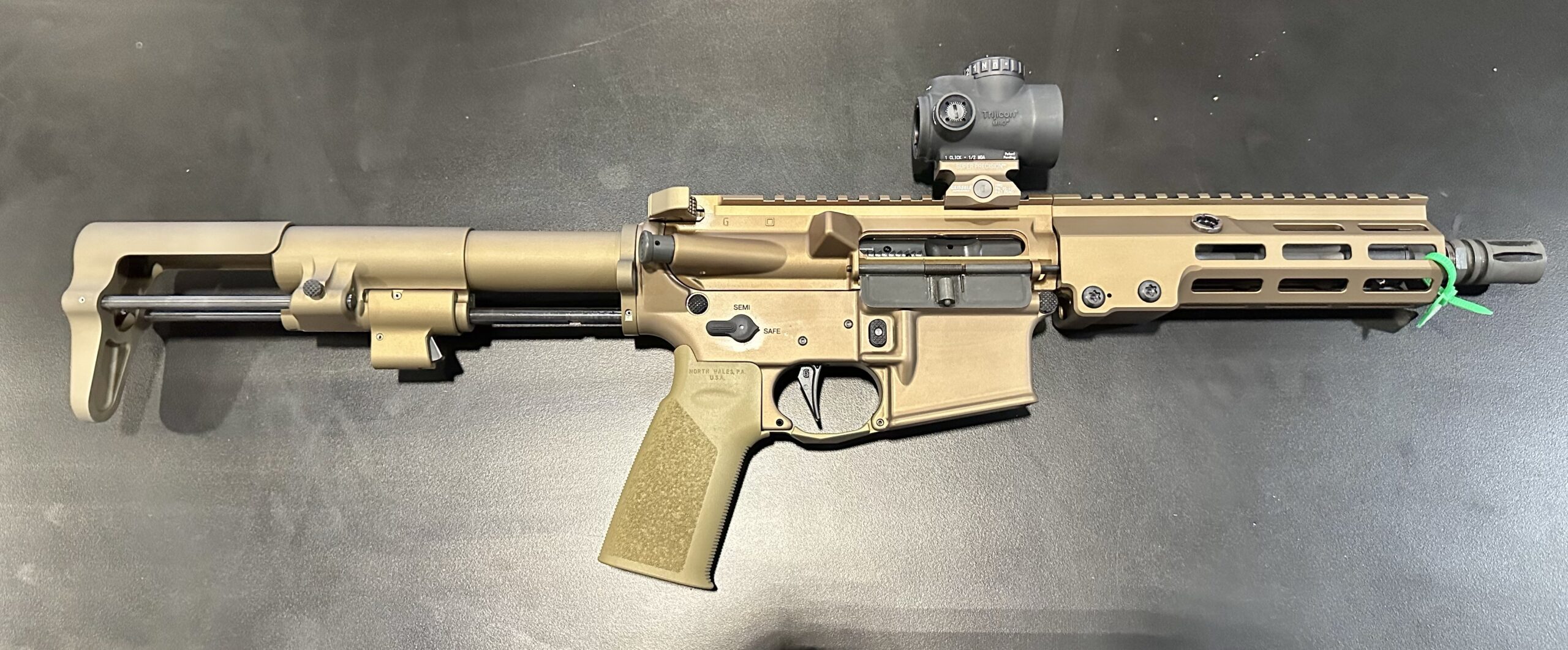
Two things stand out with this gun. First, the two stage stock which offers a full length cheekweld and does not impinge on the controls when fully collapsed.
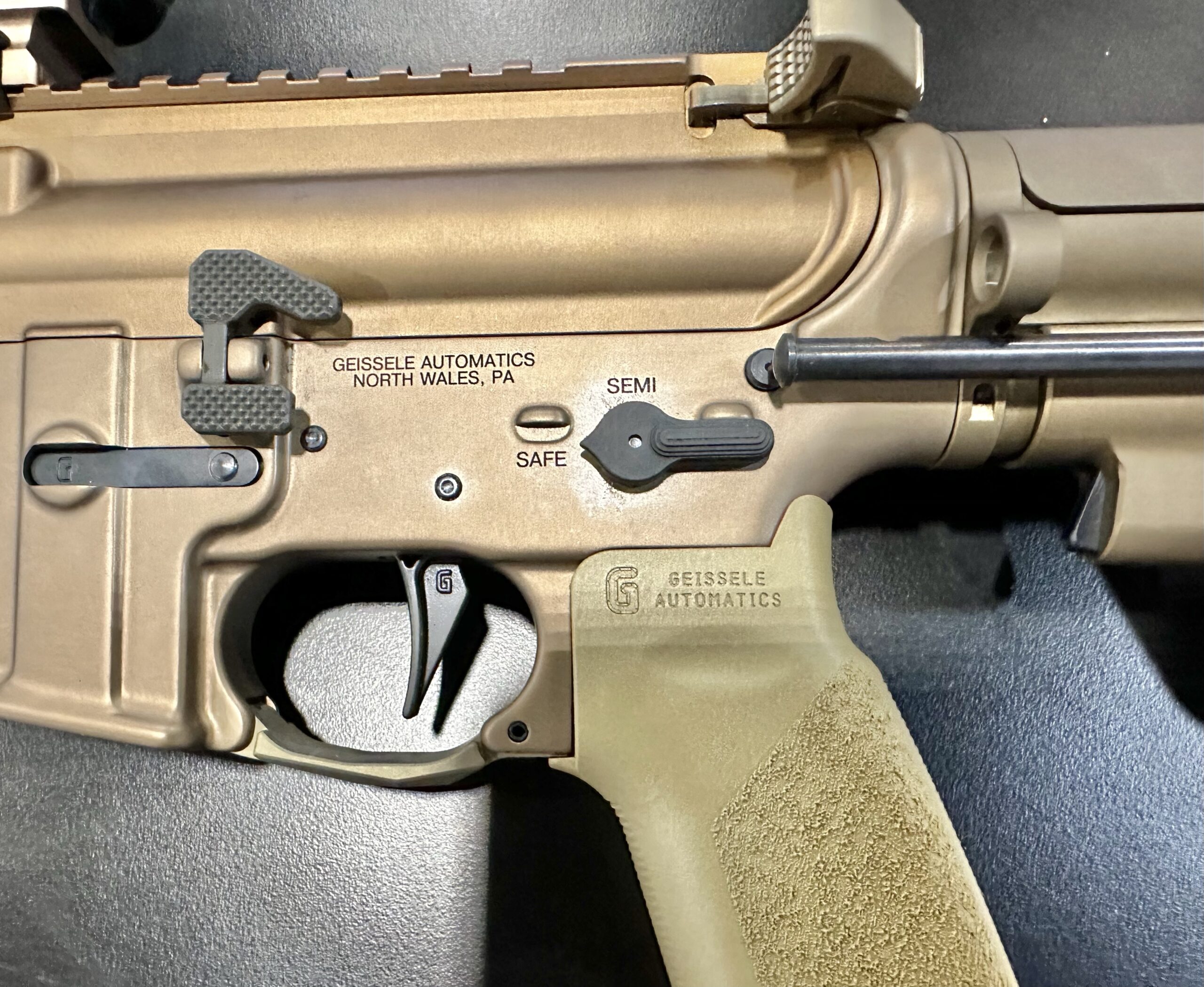
Second, despite its 8″ barrel, it requires no booster like a Krinkov.
Spectra Group (UK) Ltd, a specialist provider of secure voice, data and satellite communications systems, is extremely proud to announce the launch of their revolutionary new tactical radio communications solution, GENSS (pronounced genesis /j?n??-s?s), at the mobile deployable communications conference in London.
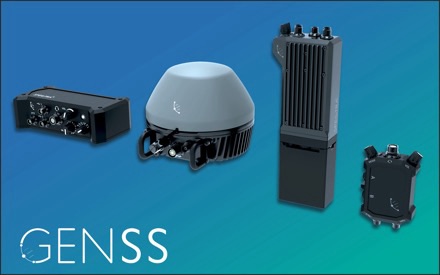
GENSS is a significant advancement in the field of tactical radio communications due to its modular core framework and software-defined flexibility. GENSS heralds a new era in communication technology, integrating multi-mission and multi-mode functionalities for robust battlefield connectivity, with modular design, open architecture, and unparalleled adaptability. It offers superior interoperability and is a comprehensive tactical radio solution for voice and data communication on the battlefield, to meet both today and tomorrow’s requirements.
GENSS has been designed and developed collaboratively by experts in tactical communications with specialist military operational experience, and with some of the very best scientists and engineers in the UK. Together, they have redefined and further reconceived the parameters of what a tactical radio could or should be. This innovative, agnostic, modular hardware radio system adapts through simple software reprogramming to meet the specific requirements of its varied user roles. GENSS is capable of operating across HF, VHF, UHF, and satellite bands (L-Ku) as required and its secure, high-capacity design is built to navigate Beyond Line-of-Sight (BLOS) challenges, and facilitate Communications on the Move (COTM), offering a resilient agile solution for voice and high-bandwidth data transmission across all service platforms on Land, Sea and Air.

Secure by design, built using the highest possible specifications, and integrating the latest most advanced technological hardware means, GENSS not only delivers maximum performance while minimizing its size, weight and power, but also delivers a future-proofed capability. This revolutionary radio solution can stand alone or be integrated into any existing radio infrastructure, unleashing superior interoperability and flexibility to meet the demands of today and the future. It is simple to operate and configure, with an easy-to-programme user interface, resulting in an overall reduced training burden.
GENSS boasts high-capacity, network sensing capabilities and has increased data rates over 25kHz LTAC channels, scaling up to 90kBps. It has adaptive modulation waveforms, which automatically adjust through network sensing techniques, to meet the tactical situation (on the move and in combat vs at the halt scenarios). Through novel engineering techniques, voice and low data rate solutions can be applied in the contested communications space to minimise detection.. With the proliferation of MANET data solutions, routing through GENSS will enable the extension of data bubbles to facilitate rapid data management applications delivering timely tactical updates to strategic command locations.
Simon Davies, Chief Executive at Spectra Group said: “For many years my passion has been to create the ultimate radio, which is easy to use, lightweight, modular and supremely adaptable to meet the challenges of today and the demands of an everchanging military and technological landscape. After several years of painstaking development, I am very proud to launch GENSS today. Building on years of experience, expertise and learning from our award-winning SlingShot systems, our team have designed every component with the end user in mind and the result is extremely exciting. I believe GENSS’s utility is vast and employable beyond tactical military applications, and its ability to integrate into existing communications networks opens up a world of endless opportunities.”
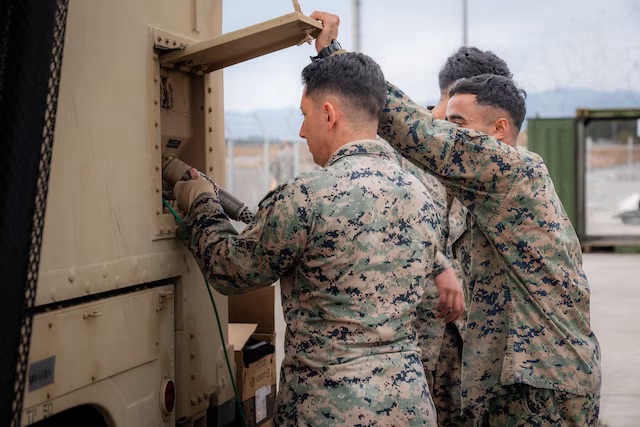
Marine Corps Base Camp Pendleton, Cali. —
Marking a significant advancement towards Force Design’s ambitious modernization goals, Marine Corps Tactical Systems Support Activity, or MCTSSA, has been designated as the first Science and Technology Reinvention Laboratory, or STRL, within the Marine Corps.
Created by the Department of Defense to streamline existing federal acquisition processes, STRLs are historically designated through the National Defense Authorization Act or by the Under Secretary of Defense for Research and Engineering.
Federal entities that receive such a designation are empowered with legislative authorities, including personnel flexibility, minor military construction capabilities, and discretionary funding control for their directors.
“MCTSSA’s acceptance to the Naval Research and Development Enterprise with STRL designation occurred at the perfect time given the USMC’s current Force Design efforts,” Col. Craig Clarkson, commanding officer at MCTSSA
Although the Pentagon has granted 20 such designations since 2021, MCTSSA’s designation as the first for the Corps represents a monumental stride, signaling the Corps’ leadership in troubleshooting, innovating, and creating solutions to some of the most challenging problems faced by the warfighter.
According to Col. Craig Clarkson, commanding officer at MCTSSA, the designation represents a significant step forward in achieving the Corps’ ambitious Force Design modernization goals.
“MCTSSA’s acceptance to the Naval Research and Development Enterprise with STRL designation occurred at the perfect time given the USMC’s current Force Design efforts,” he noted. “We are now optimally positioned to support Service Combined Joint All Domain Command & Control initiatives and the development of other future capabilities.”
Furthermore, the STRL designation advances the Corps’ Talent Management strategy, positioning the Corps’ acquisition community to effectively compete with industry for top talent—ensuring a robust pipeline of highly skilled professionals adept at addressing the dynamic challenges of the modern battlefield.
“STRL designation enables MCTSSA to operate more like a Marine Corps Expeditionary Warfare Center, with the personnel and acquisition authorities to develop and scale a highly-skilled, technical workforce focused on delivering integrated Naval capabilities,” said Mr. Timothy Gramp, USMC chief engineer, deputy to the Commander for Systems Engineering and Acquisition Logistics, and executive director for the new STRL.
As the Corps continues its strategic shift to the Indo-Pacific, the new STRL designation stands to mitigate perceived limitations in the Pentagon’s existing acquisition architecture. By enabling MCTSSA to more effectively—and rapidly—adapt and integrate emerging technologies into the warfighter’s arsenal of capabilities, the Corps stands better equipped to face the evolving threats of the future battlefield.
By Johannes Schmidt, MCSC Office of Public Affairs and Communication | Marine Corps Systems Command
NEWINGTON, N.H., (January 29, 2024) – SIG SAUER, Inc. is pleased to announce Matt Campbell has joined SIG SAUER, Inc. as Vice President, Field Sales and Operations. In this position Campbell will be responsible for managing all field sales operations and staff supporting local retailers and distribution.

“SIG SAUER is the leader in the shooting, defense, and hunting markets and drives the industry with innovative products and programs that fulfill the needs of our consumers”, said Matt Campbell, Vice President, Field Sales & Operations, SIG SAUER, Inc.. “I look forward to leading the SIG SAUER field team and reinforcing the relationships I’ve developed in this industry over the past 25 years and building new ones. Together we will continue the expansion of the commercial field sales team to respond to demand in the market and grow our commercial footprint.”
Campbell comes to SIG SAUER after serving in various roles at Winchester Ammunition over the past 25 years including experience overseeing global sales to commercial, law enforcement, and military customers. Most recently Matt served as the Vice President of Sales & Marketing. Matt successfully managed a billion-dollar portfolio across the major Winchester brands by leveraging partnerships and developing teams to expand market share resulting in exponential revenue growth. Prior to Winchester, Matt worked in national sales roles for Anheuser-Busch.
“SIG SAUER is experiencing tremendous growth due to the demand for our innovative products and programs across all business units. Matt’s experience with retail customers and distribution, coupled with his proven track record of developing long term strategic partnerships will be an asset to our organization as we grow and our global footprint expands,” said Tom Taylor, Chief Marketing Officer and Executive Vice President, Commercial Sales, SIG SAUER, Inc.
Campbell will split time at the SIG SAUER Headquarters in Newington, New Hampshire and in St. Louis, MO where he will have good access to travel to all customers across the U.S. He will report to Jack Barnes, Senior Vice President, Commercial Sales at SIG SAUER.
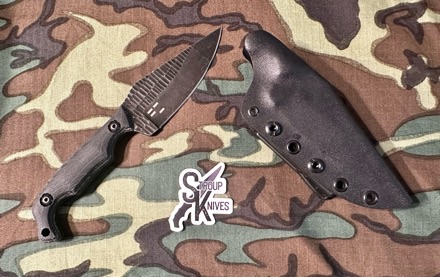
This collaboration between Stroup Knives and Ferro Concepts debuted at SHOT Show.
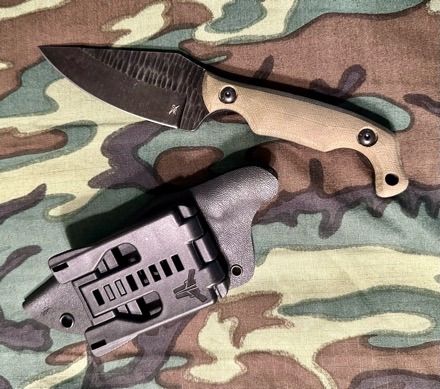
It features G10 scales with one side Black and the other OD along with a full tang blade made from 1095 carbon steel, rock tumbled and acid etched with both company’s logos.